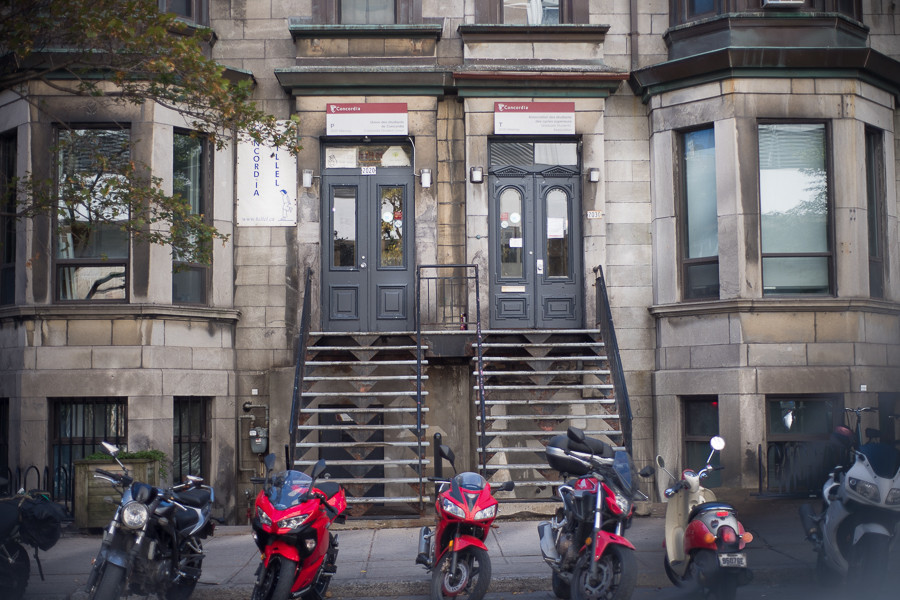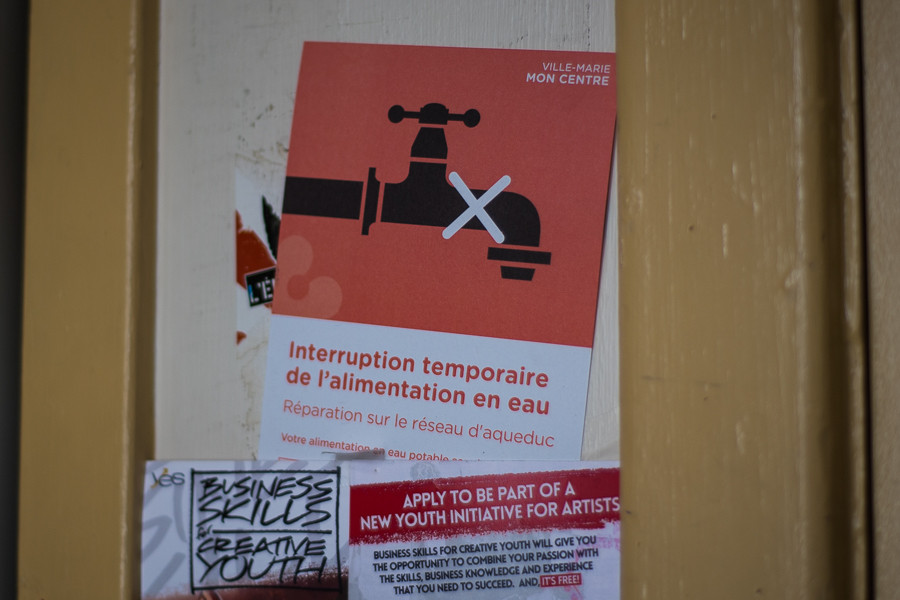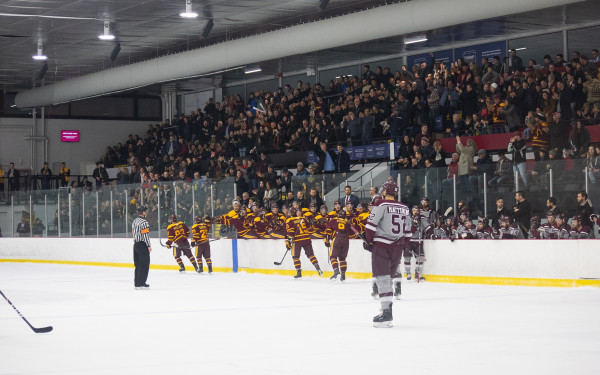Lead found in SGW annex buildings
Advisory placed on drinking water
Preliminary testing has indicated the presence of lead in the drinking water of several annex buildings on Concordia’s Sir George Williams campus.
“Further tests are needed to confirm levels and extent,” said Pietro Gasparrini, director of environmental health and safety at Concordia, in a notice sent on Sept. 21.
The notice, sent to students and staff whose offices are in annex locations, states that precautionary measures were to be put in place while further testing is conducted.
According to Concordia’s Environmental Health and Safety office, all annexes have been placed on a water advisory as a precaution. The re-testing process could take a few weeks, and it’s not yet known when the water will be deemed safe to drink again.
As a temporary measure, EHS said they will be providing water bottles free of charge in the annexes and water coolers are set to be added to annex locations.
“They have put up signs that say do not drink the water,” said Matthew Dodds, whose office at the Graduate Students' Association is located in one of the annexes on Mackay. “They said they would deliver us water machines but they have not done that yet, so we’ve been purchasing water bottles with our own office funds.”

Dodds said the GSA office has been visited by the university maintenance to determine where best to place the water coolers or machines despite them not yet having been delivered.
The discovery of lead in the drinking water of several annex buildings was made as they were being re-opened for the return to campus. Whereas larger buildings at Concordia maintained some level of activity during pandemic lockdowns, this wasn’t the case for annex locations.
“The water was always running, so it’s not stagnating,” said Lina Filacchione, health and safety manager at Concordia. “But the annexes were really shut.”
In preparation for the return, the university flushed out the water at all annex locations and used the opportunity to complete government-mandated annual water sampling for lead.
“We weren’t terribly concerned because we had done sampling in the past and there were no alarming levels,” said Filacchione. “But with this round of sampling we did find levels that were a bit higher.”
“We’ve been purchasing water bottles with our own office funds.” — Matthew Dodds
In 2019, Concordia’s Institute of Investigative Journalism helped prompt the Quebec government to mandate a new minimal concentration of lead in drinking water—five micrograms per litre (5ug/L). Filacchione said most of the annexes failed to meet this new level during this round of testing.
Exposure to lead in drinking water can have a variety of serious effects on health when consumed in high amounts over long periods of time. These are most often related to high blood pressure and heart and kidney disease. It’s especially dangerous to children, infants, and those who are pregnant or breastfeeding.
Lead makes its way into drinking water via lead pipes commonly found in older buildings and homes. In 2019, the City of Montreal pledged to replace all lead water pipes leading to Montreal homes by 2030.
Other than a lead pipe that the city of Montreal replaced in one annex location a few years ago according to Filacchione, this is the first time the university has faced potential lead levels above permissible limits.
“It’s standard to test for lead when we have complaints, but we’ve never really had any issues,” said Filacchione. “It could be because it [the annexes] hadn’t been used for a year and a half, but it’s hard to tell.”


_600_832_s.png)




